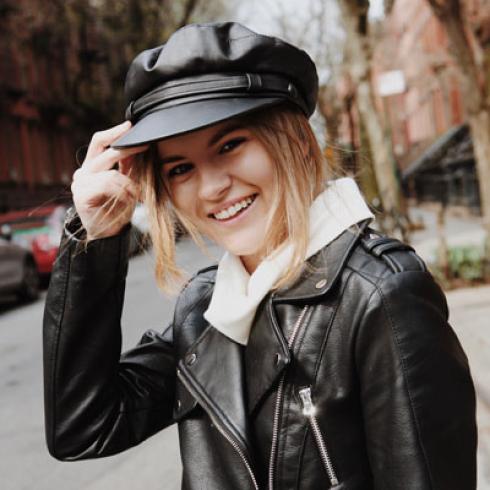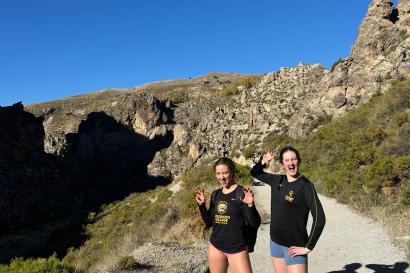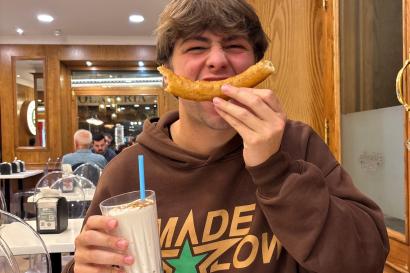We thought it was going to be a boring history field trip. When IES Abroad told us we were going on a study journey to Tarragona, we imagined hours and hours of sightseeing under a burning sun with people we did not really know.
Once we arrived in Tarragona and were invited to a building that at first looked like a circus or a gymnastics training center. When we were walking up the stairs we were observing different diplomas and photos of people doing acrobatic feats, standing on each other’s shoulders and creating human pyramids. I’ve heard someone in the crowd asking if they were practicing cheerleading there.
They weren’t. What people were doing on those photos was building human towels or castells as Catalans call them. Building castells – a Catalonian word that means castles – is a cultural Catalonian tradition. It originated at the end of the 18th century in Valls, Tarragona. In the 19th century, it became a traditional practice, the performances were decorating most major events and celebrations in Catalonia. At the end of the century, a few groups were even able to build human towers of up to nine levels of people standing on each other’s shoulders.
Today some of those are up to 13 meters high. There are three definite parts to a castle: the pinya or base, the tronc or trunk, and the pom de dalt or the crown of the castle. A vertical structure is the trunk and consists of a certain number of people on each store, varying from one to nine people. At the very top of the castle is the canalla (which means the youngest), and they are in charge of the crown of the castle, meaning they have to climb to the very top, and one of them have to wave a hand as a sign of the success of the tower.
Castells are designated by UNESCO as Representative Intangible Cultural Heritage of Humanity. At the moment around 15,000 people in more than 100 groups practice across Catalonia. Castells are one of Europe's most genuine cultural demonstrations.
At a “Colla Vella” center we had a unique opportunity to try building a human tower ourselves and to understand the effort and cultural background behind that tradition. We have learned not only about the unique and well-thought technique of each structure but about the idea of everyone (from the youngest to the oldest and from the shortest to the tallest) being able to participate and help the group to achieve a common goal. We all had to wear supportive safety belts not to injure our backs. It was an interesting experience to even put those on as you can’t do it yourself and you need a help of a partner.
Building the tower was a thrilling experience for me as I could feel the support of people I have never talked to before and I was willing to give them my hand or a shoulder. The traditional motto of the group we got to practice with is “solidarity, teamwork, strength, balance, and courage”. We all felt the positive values the activity transmits, even though we only practiced once, while “professional human climbers” train for years.

Anastasiya Kolesnichenko
<p>My name is Anastasiya Kolesnichenko, and I am from Siberia, Russia. I moved to New York two years ago with my heart and mind open to exploring and with my horse by my side, who is always there for me, during my ups and downs. I've<br>been to 45 countries and am planning on visiting every single country in the world.</p><p>My fun fact is that, considering the fact, that my USB flash drive is shaped as a chocolate bar, my 18th birthday present was a ticket to Peru, and that no matter what time of the day it is I am drinking hot chocolate, I can consider myself a person absolutely obsessed with chocolate.</p>









